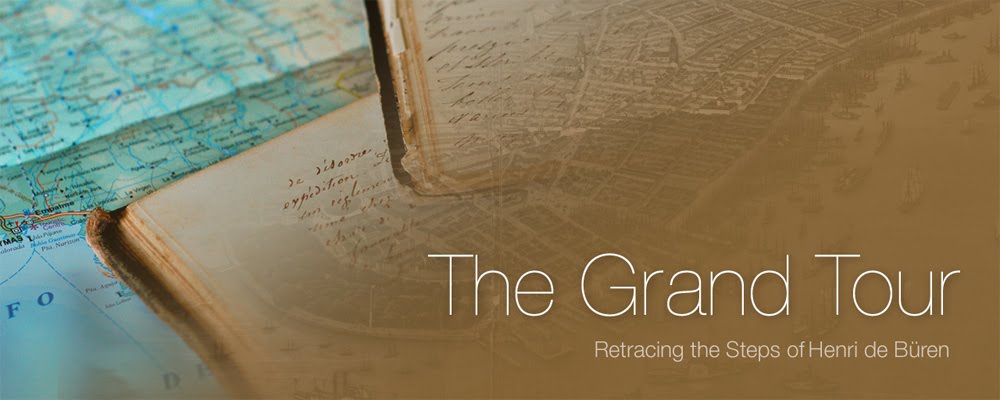While in Mexico, Henri documented in an 1853 letter a journey he made to the Cacahuamilpa gotto. I have translated the following exerpt:
"After a small duck hunt at a nearby lagoon we arrived at Cacahuamilpas. After paying the local judge 15 pesos for the right to enter the grotto, we were met by 20 or so Indians who would light the way for us inside this immense dark labyrinth. Once inside we were treated to one of the most grandiose displays of unique natural beauty that we are ever likely to witness."


Background
Cacahuamilpa is one of the largest cave systems in the world. It is a "live" cave system, meaning that groundwater still filters down into it, and that the formations there are still growing. Inside the cavern system are ninety large "salons" separated by large natural rock walls and connected to one another via a central gallery. However, only about twenty of these are fully explored and open to the public. Most of these salons are located under the Cerro de la Corona, a limestone mountain ridge.
Credit for the “discovery” of the caves is given to Manuel Saénz de la Peña, who used the caves in 1834 to hide from Spanish authorities, which prompted a thorough search of the area. In 1866, Dominik Bilimek and Maximiliano von Habsburg made the first biospeleological visit to the cave. F. Bonet surveyed and mapped the cave up to 1,380 meters in 1922 and it was opened to the public during that decade. The first scientific expedition to the caves was organized by the Secretary of the French Legation in 1935, and the national park was established in 1936 by President Lázaro Cárdenas. Guided tours began in 1969, and a second survey in 1987 established the cave system’s length at between four and five kilometers.

No comments:
Post a Comment